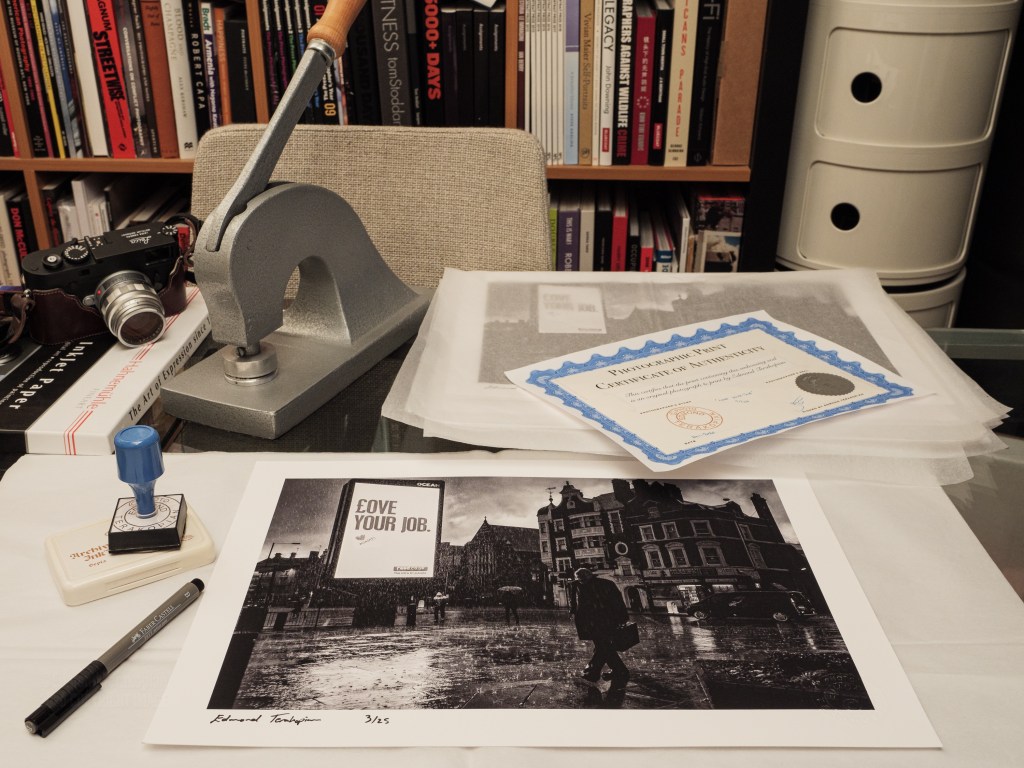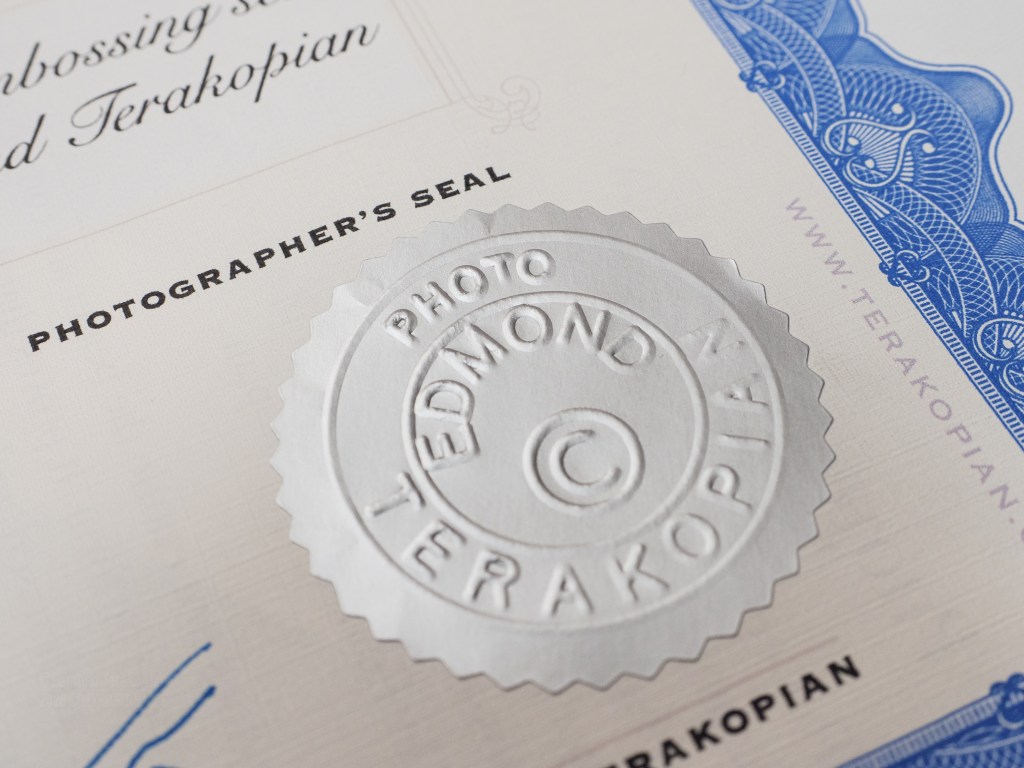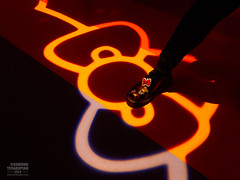I went to see Salvador in the cinema, in 1986 or 87.
If you haven’t seen it, it’s about photojournalists covering the civil war in Salvador. Highly recommend you watch it! Also, there’s a spoiler coming up, so if you’re going to see it, stop reading, now and return once you’ve seen the film!!
In the film, the main protagonist is a photojournalist played by James Woods. As he’s trying to leave El Salvador to get back to the States, he’s stopped at a check point and roughed up. He was trying to smuggle out films of the civil war and these ‘soldiers’ find the films and rip out the film from the cassette, ruining the pictures.
As this happens, I jumped out of my seat and screamed out ‘NO’! To say my friends were shocked (all non photographers) and the audience most concerned, would be an understatement. My eyes were filled with tears and my heart was pounding. I had been a hobbyist photographer for around two years and this was roughly two years before I started working as a photojournalist. Having dedicated every penny to buying film and every spare minute to reading about and looking at great photography, already brought a deep association with important, quality work.
As photographers, we have a very deep connection to our work. It’s part of us. Its not a job.
The Less Than Thoughtful Client
I had a client a year or two ago, really trying to low ball some work and massively over play the usage, well above the license agreed and paid for. The response during the ensuing discussions, was “its nothing personal, its just work”!
I’ve had clients, trying to con me into giving away copyright, accept very low pay for it, with the almost definite lies of more work in the future (Which never appears. A cheap or dishonest client never steps up and each time one of us accepts such a deal, it affects everyone else after us and for us, the client will never return. The entire industry takes another step towards ruin). Unprofessionalism and dishonesty, never right themselves. Every time we give in, we encourage and enforce this behaviour as being acceptable.
So the concept of a truly passionate, dedicated creative professional looking at their calling in life, be it photography, film making, music, poetry, writing and so on, being ‘just a job’, goes to show extreme ignorance in understanding what we do, how we think and how we are.
Long term partnerships nurture amazing work, which in turn makes the person booking the creative work look great and retain their client or job. Happy boss / client, happy middle person and happy creative.
The sad fact that more and more, only cutting corners seems to matter, even be a priority and quality of work is no longer an issue for these types of people, means that society’s appreciation of quality is diminishing. Quality and thought can be in a great advert. It can be an Instagram campaign. A Facebook sponsored post. A point of sale poster in a shop. The client pays, the middle person takes the biggest cut, the actual creative making the work, gets cheated.
A few years ago, I had a huge multi-national company trying to get me to work for free, as they felt paying for my vision, creativity, experience, time and skill, would pollute the purity of the work and this brand only wanted to work with truly passionate people who believe in the brand. My response to this person was in the form of a compliment; praising that they seemed extremely passionate and dedicated, so I was certain they must be working for free. Needless to say, this was met with astonished silence.
Just because someone can push a button and accepts being conned, does not make them a pianist, a writer or a photographer. No one who truly cares for their work, will disrespect their own creation and devalue it.
Some Advice For Young Photographers
If you’re new to the world of photography, my first piece of advice is to research and never agree to a fee or license on the spot. Most dishonest clients will try the line that they’re right up against the deadline etc. This is a pressurising technique. Promise of more work as there’s a low budget, is also a trick. When faced with such things, I always promise to do an amazing deal on the fifth booking. This type of client never comes back for a second booking, let alone a fifth, as they are purely out to take advantage.
As for rates and what to charge, there are various licensing calculators, like fotoQuote or the AOP’s online usage calculator. These are complied from prices paid, for similar work and an agreement between clients and photographers. These are industry standard rates. You can use these as a basis to either quote directly from, or to negotiate near to figures. If your skill and work is unique, you can negotiate upwards, for example. There are also several photographer’s groups online, where advice can be garnered before making an agreement.
Copyright. This is yours by law. Its not the client’s. If a client wants a buyout, this can be arranged and negotiated. Never give this away for free. Ever.
Value your work and that of the industry.



























